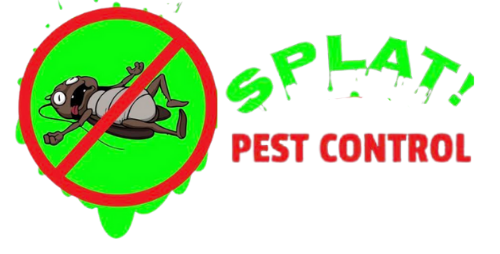Stink Bug Control
Stink bugs were initially discovered in the United States in Pennsylvania in the late 1990s. It’s believed that they hitched a ride on shipping crates originating from Asia, and they’ve been rapidly wending their way around the world ever since. Fueled by global warming, a lack of natural predators, and an initial view that these insects did not need to be controlled, populations have grown to alarming numbers in recent years. Throughout Washington State, these insects have become a serious concern to homeowners and business owners alike. Although there are hundreds of species of stink bugs in North America, it is specifically the Brown Marmorated Stink Bug, or the BMSB, causing the most problems. This particular bug has a great fondness for infesting human structures.
Why Stink Bugs Invade Homes
Stink bugs cannot tolerate extreme heat or cold. When the outdoor temperature drops, they seek a warm place to spend the winter, like your home or business. Once inside, they settle into walls, floorspaces, attics, basements, and available cracks and crevices. They generally go into a state of hibernation called diapause; however, indoor temperatures are consistently warm enough for many of them to stay active. If you have an infestation, you may see some clumsily flying about. They are attracted to lights, water, windowsills, and plants and have been known to land on humans occasionally. But even if you don’t see them, you will definitely smell them. They aren’t called stink bugs for nothing.
What’s That Awful Smell?
The stench of the BMSB is one of its worst attributes. It has been described as a cross between the smell of skunk and rotting coriander. Humans find the odor so extremely unpleasant that it is often the smell itself and not plant damage that will prompt a homeowner to reach out for help. These insects don’t bite humans—but they don’t have to. They release this horrible odor when startled, stressed, as a beacon to other stink bugs, and when they die. It is nauseating, pungent, and very difficult to get rid of.
The Damaging Effects Of The Brown Marmorated Stink Bug
The BMSB has proven to be devastating to vegetation both commercially and residentially. It especially loves stone fruits, tomatoes, and soybeans, but no type of fruit, vegetable, or greenery is safe from its attention. It is an indiscriminate, voracious, sucking insect that pierces the host plant with its needle-like proboscis to feed. Its saliva is toxic and causes necrotic (dead) spots on leaves and fruit, damaging the plant itself and inhibiting its ability to mature, photosynthesize, and reproduce.
On top of that, it spreads harmful pathogens and diseases as it moves from plant to plant. The damage done could be in your community, your garden, the surrounding landscape, and inside your home if you have houseplants. Though they rarely reproduce inside the home, it could happen if you have enough houseplants or an indoor herb garden. Inside the home, the bugs also leave an ugly brown stain when crushed and, as their name implies, that pervasive odor.
What To Do If You Have A Stink Bug Infestation
Another characteristic of stink bugs is their unfailing tendency to return to your home year after year. That is not only because they are “in the neighborhood,” so to speak. They leave chemical markers inside that make it easy to find their way back in the fall. D-I-Y extermination attempts rarely work well because of that. Additionally, these insects have developed an immunity to most over-the-counter insecticides.
Your best course of action is to seek a pest control expert for assistance. You’ll find none better than Splat Pest Control in the Allyn, Washington, area. We have the tools, training, and tricks of the trade to eradicate the Brown Marmorated Stick Bug from your home or business. Not only can we clear up an existing infestation, but we can also guide you in the steps necessary to prevent their return. Contact us today, and let’s get started.
